Crop Report
To put it simply, it’s a race to the finish in corn. Tar spot and southern rust are really taking over the plant as we start September. The cool temps, coupled with fungicide residuals wearing off, are the perfect recipe for disease. In beans, you’re just starting to see some early maturities turn. Over the last couple of weeks, I have started to see sudden death and white mold, with sudden death seeming more prevalent. The rain in mid-August really made me more optimistic about the bean crop, but if we could catch another rain in the next 10 days, that would be ideal.
It feels very fall-like with low humidity and temperatures in the low 80s. The crop is proceeding well, and some corn and soybean harvest will begin next week, mainly March corn and late group 2 soybeans.
Conditions remain dry. We haven’t had significant rainfall since mid-July, and while some subsoil moisture is present, the area’s high clay content limits plant availability. After several weeks of heat, corn is showing stress, with leaves firing in areas of thin soil or earlier-season ponding. Corn is beginning to dent.
Most first-crop soybeans are in the R4 to R5 stages, depending on planting date. Later-planted and double-crop beans are still in R2 to R3 and could benefit from late-season rainfall, similar to the inland hurricanes from the Gulf that have boosted yields in recent years.
After a wet couple of weeks in Northern Illinois, precipitation levels are nearly back to normal for the season. Most areas received 1 to 4 inches of rain over the past weekend, depending on storm tracks, which has primed plants to finish strong through ear and pod fill. Disease has become more prevalent as rainfall increased and temperatures dropped from the 90s.
Corn across the region is entering the dent, or R5, stage, with kernel development varying by planting date. Tar spot is usually the primary concern, but early southern winds this season brought in southern rust. While southern rust generally does not cause major yield loss, it may slightly reduce yields in fields that were not treated with fungicide. Because the disease does not overwinter in northern climates, it is not expected to be an issue next season. Tar spot is moving into upper canopies, but spraying this late is not recommended due to limited return on investment. Another issue observed in multiple fields is tip-back on corn ears, likely caused by poor pollination during extreme heat and drought earlier in the season.
Soybeans continue to look strong. With their height later into the season, some fields experienced slight lodging after severe storms over the weekend. Disease pressure remains low overall. White mold was found for the first time this season in some lodged beans, but incidence is expected to remain low due to drought and high temperatures during flowering. Overall, soybean yield potential looks very good.
Rain showers earlier this week brought much-needed moisture to the area, giving some fields a boost. Most of the corn in Logan County has entered the R5, or dent, stage, with some fields still in R4, or dough. Soybeans are showing similar progress, with most fields in the R5 stage. The growing season is nearing its end, and some plants are beginning to show signs of full maturity.
Champaign County received much-needed rain this past week, totaling about 1 to 1.5 inches. During a survey of the southern half of the county on Aug. 20, surface soils in most fields were still slightly wet from the previous morning’s storm, with the southwest corner a bit drier than the rest of the area. Corn fields surveyed were generally in the late R4, or dough, to R5, or dent, growth stages. The severity of tip dieback ranged from minimal to more than 2 inches across the area.
Full-season soybeans were generally in the R6, or full seed, stage, with a few fields beginning to drop leaves and enter R7, or beginning maturity, at least in parts of the field. I also came across a couple of double-crop soybean fields, both just entering the R3, or beginning pod, stage. One of these fields featured a placard from the Illinois STAR Program, which connects farmers using conservation practices with end-users willing to pay premiums that support those practices.

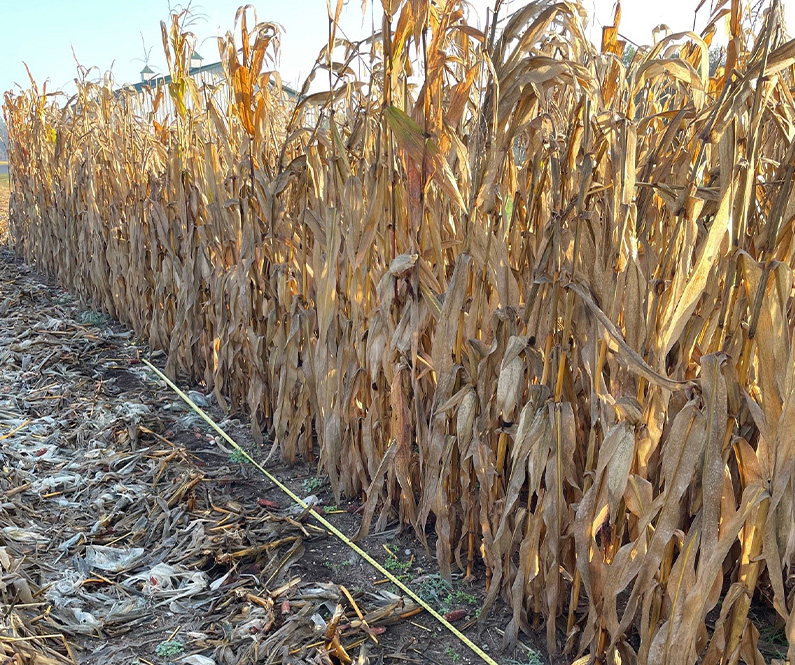
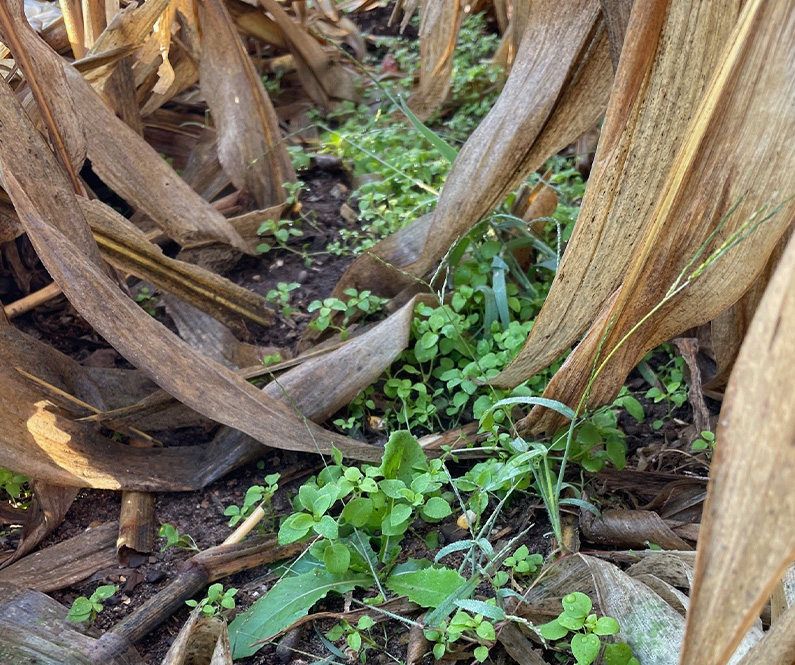
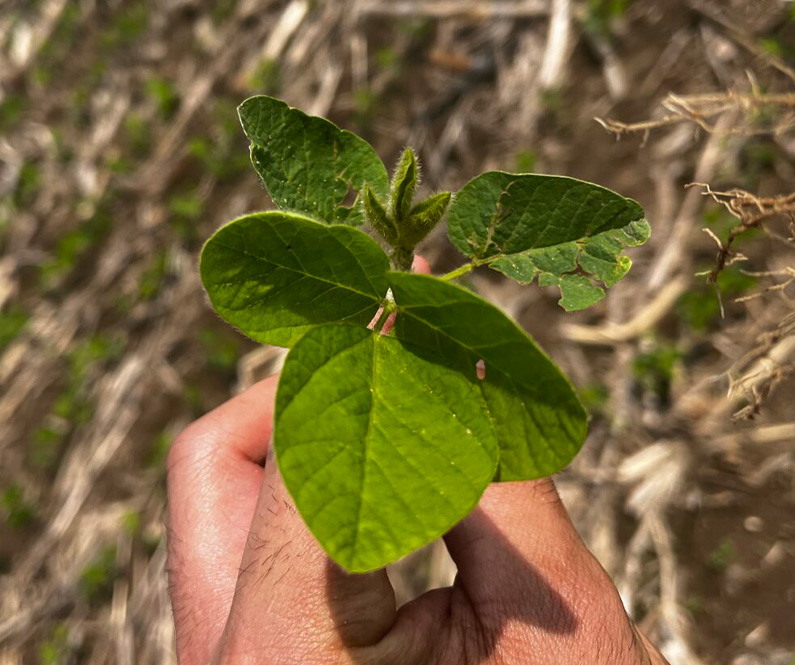

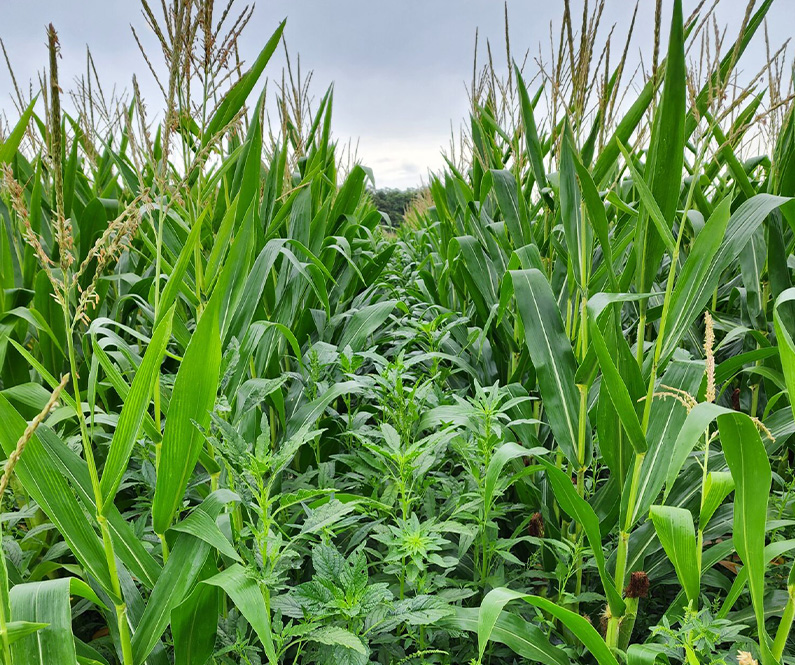
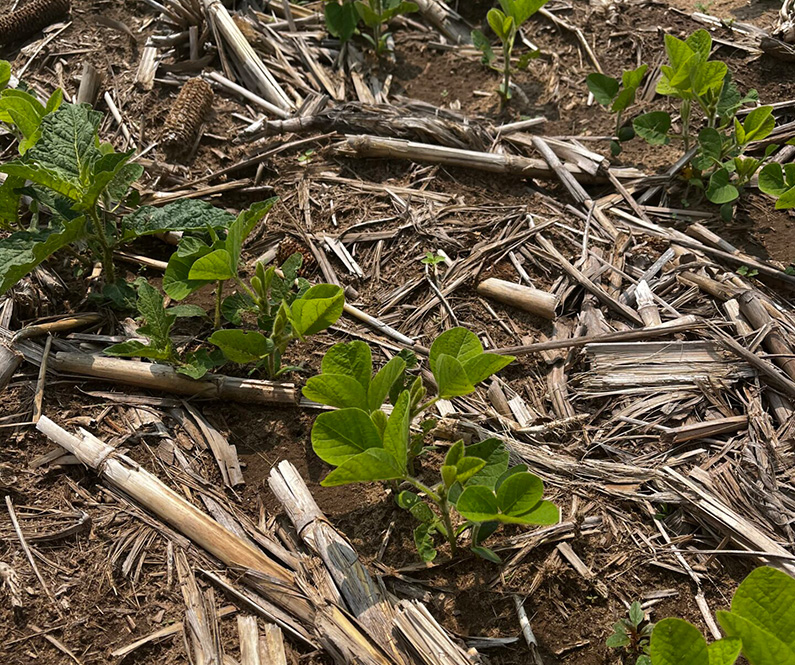
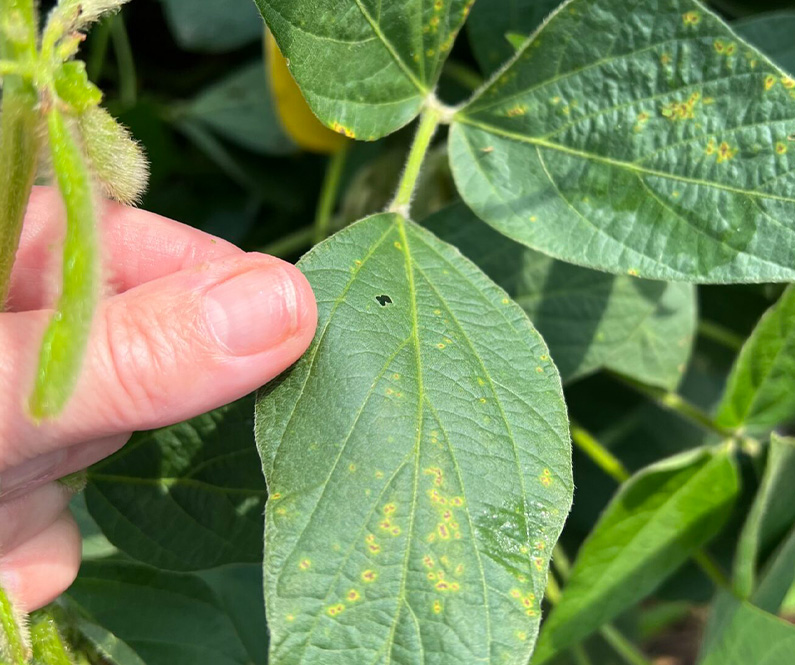
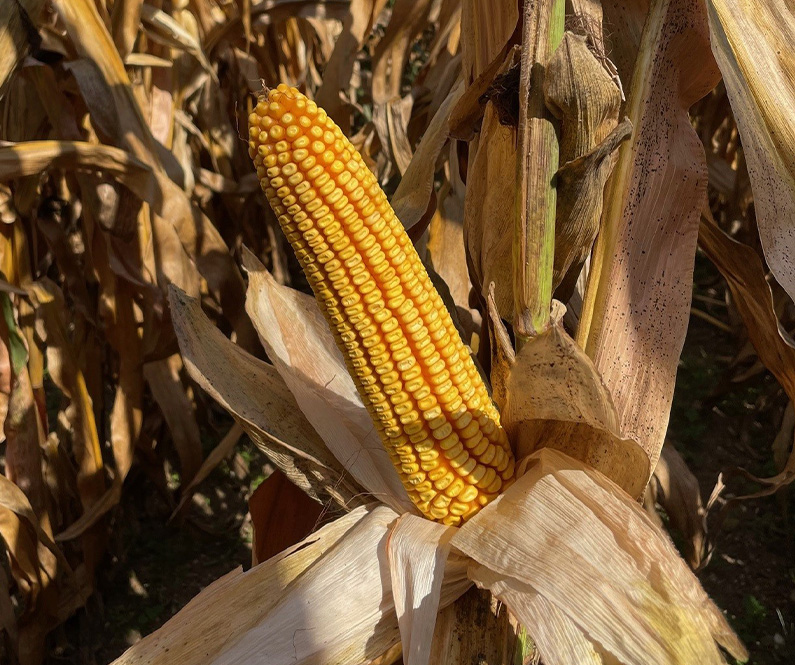
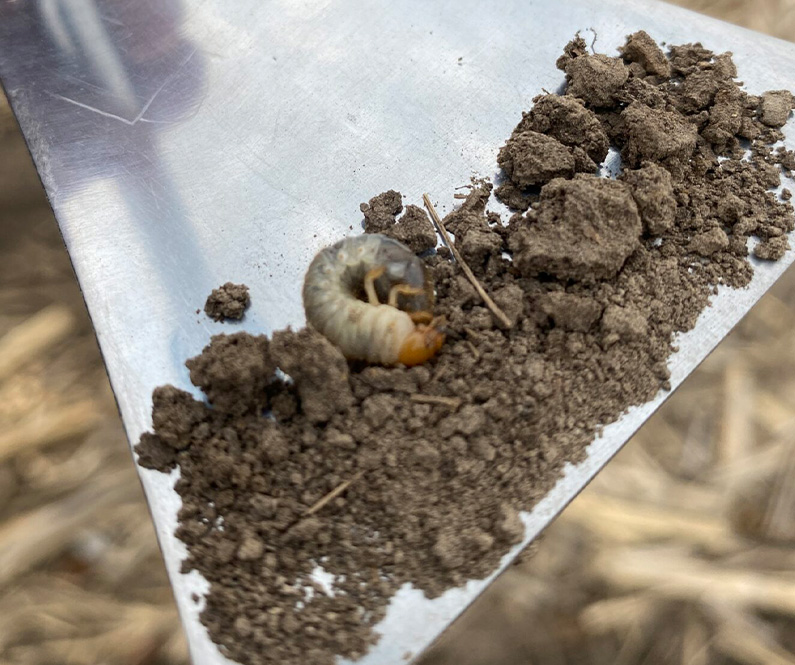


 and then
and then